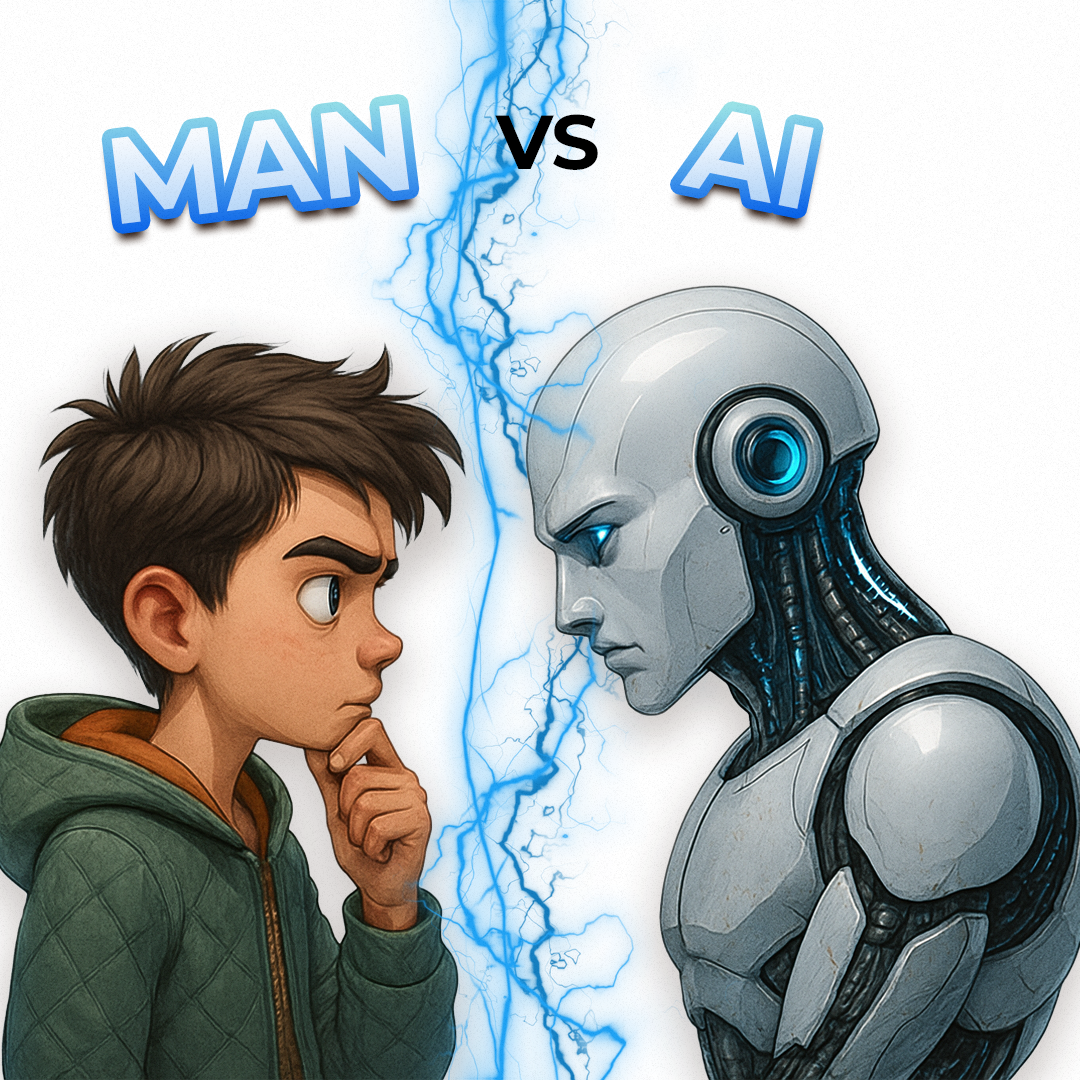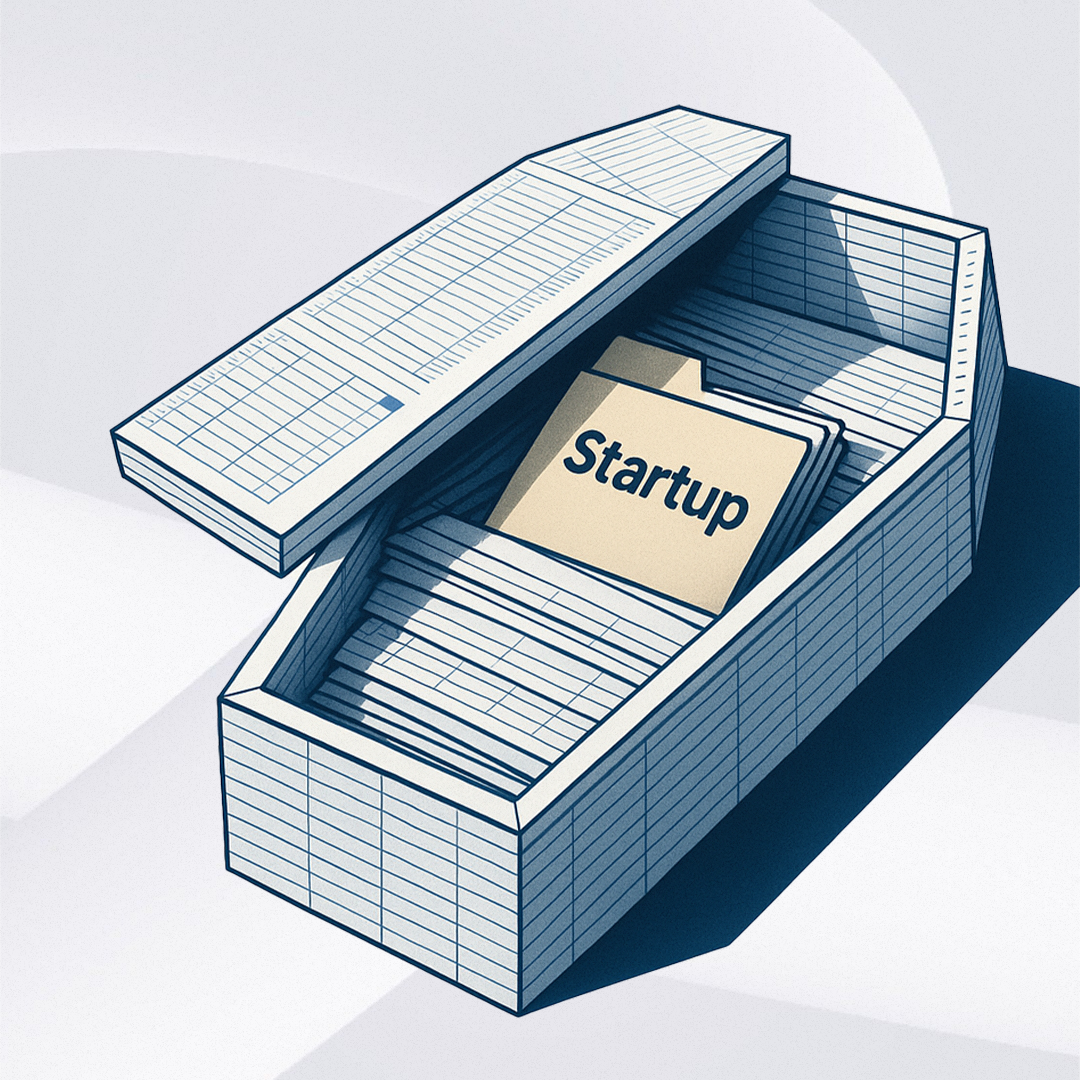“Flexibility is the key to stability” – basketball coach John Wooden.
This topic is about two different approaches to project management.
The first one is the traditional framework in project management. It is called Waterfall in the IT industry. Deadline is a core part. The Waterfall is full of constant tasks where the project timetable is essential. Another one is a flexible attitude to the project. It is called Agile. An idea might crash out when it has barriers in the form of deadlines.

Waterfall
Firstly, the nature of deadlines considers timelines as a leading platform. As Napoleon Hill famously said, “A goal is a dream with a deadline”. Deadlines act as motivators. The Waterfall framework requires you to document each step. Once change comes at a particular stage, this is a cause for a change in the whole project. A team needs to be disciplined. They require attention to each deadline phase. Delays might be a huge drawback to the whole project. Plan is an essential part.
Benefits:
-Processes and tools
-Documents
-Strict agreement
-Follow the permanent plan
Usage:
-Projects with a fixed budget and time.
-Project with fixed requirements, standards and norms.
-For example, the development of complex equipment. It is effective to maintain risks.
-Big projects with a lot of people in the team.
-It it easy to coordinate a lot of people with the Waterfall framework.
This is where the deadline comes into action. It defines the scope of work and priorities. It gives us a specific to-do list.
Agile
Secondly, the nature of an idea is fluid. It requires the absence of the limits and presence of freedom. Agile is about a tight relationship between a company and a customer. Agile doesn’t have framed timelines. Benefits: -Easier relationship in the team -Beta versions -Cooperation with the customer -Changes are welcomed at each stage
Usage: -Uncertain project planning -Iterative approach
-Speed up the process -Customer participation
Conclusion
Both Waterfall and Agile are important. Agile is good for small teams, whereas Waterfall is better for big companies. Again, Waterfall is about fixed budget, timelines and team. On the other hand, Agile is about freedom. This approach doesn’t belong to a strict environment. It is about adapting to change. Google has recognized the value of flexibility. The company provides a portion of employee’s time to work on projects outside their regular job hours. When creativity is boxed in early — we risk losing it entirely. In the end, if we match both methods to deal with project management, it leads to positive results. Traditional approach value prediction and control. These are important in the beginning and for risk management. A flexible approach makes it easy to adapt for changes and increase team quality. We can apply it to different projects where both approaches would be a benefit.




